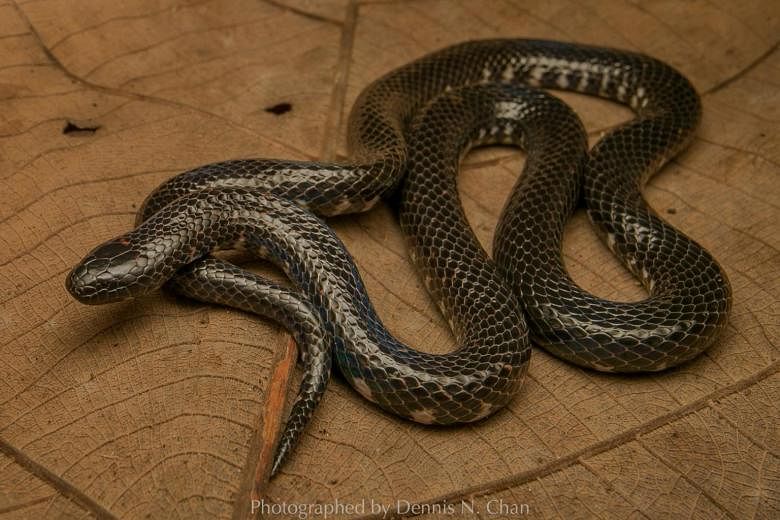SINGAPORE - The rare Selangor mud snake, last seen here in 1914, has been rediscovered after 106 years.
The brown reptile with white patches was found swimming in a shallow concrete drain near Nee Soon swamp forest on Sept 19, said a report published on Wednesday (Sept 30).
Also known by its scientific name Raclitia indica, the snake was previously found in a rubber plantation at Bukit Sembawang in 1914, and was later deposited in a museum in Dublin, according to the report published in the Singapore Biodiversity Records, a scientific publication hosted by the Lee Kong Chian Natural History Museum.
Mr Dennis Chan, 26, was out on a walk on Sept 19 with fellow naturalist Neo Xiao Yun, 24, looking for wildlife, when they chanced across the snake at around 10pm.
Armed with nine years of experience in exploring nature, the founder of The Untamed Paths, an organisation that conducts local eco-programmes, knew that this find was different. He proceeded to photograph it and left it to go on its way.
The recent rediscovery here has changed the snake's status in Singapore from "indeterminate" to "extant", now that its existence is definitively recorded. Before this sighting, it was not clear if it still existed here.
"Regionally, this species is also quite rare, with colour photographs having been published in a research paper only in 2018," said Mr Law Ing Sind, 24.
The co-founder of the Herpetological Society of Singapore, an enthusiast group for the study of reptiles and amphibians, noted that this record is scientifically significant, as it reaffirms the presence of this species in Singapore, and raises the possibility of it occurring in southern peninsular Malaysia.
Little is known about the behaviour and habitat of the snake.
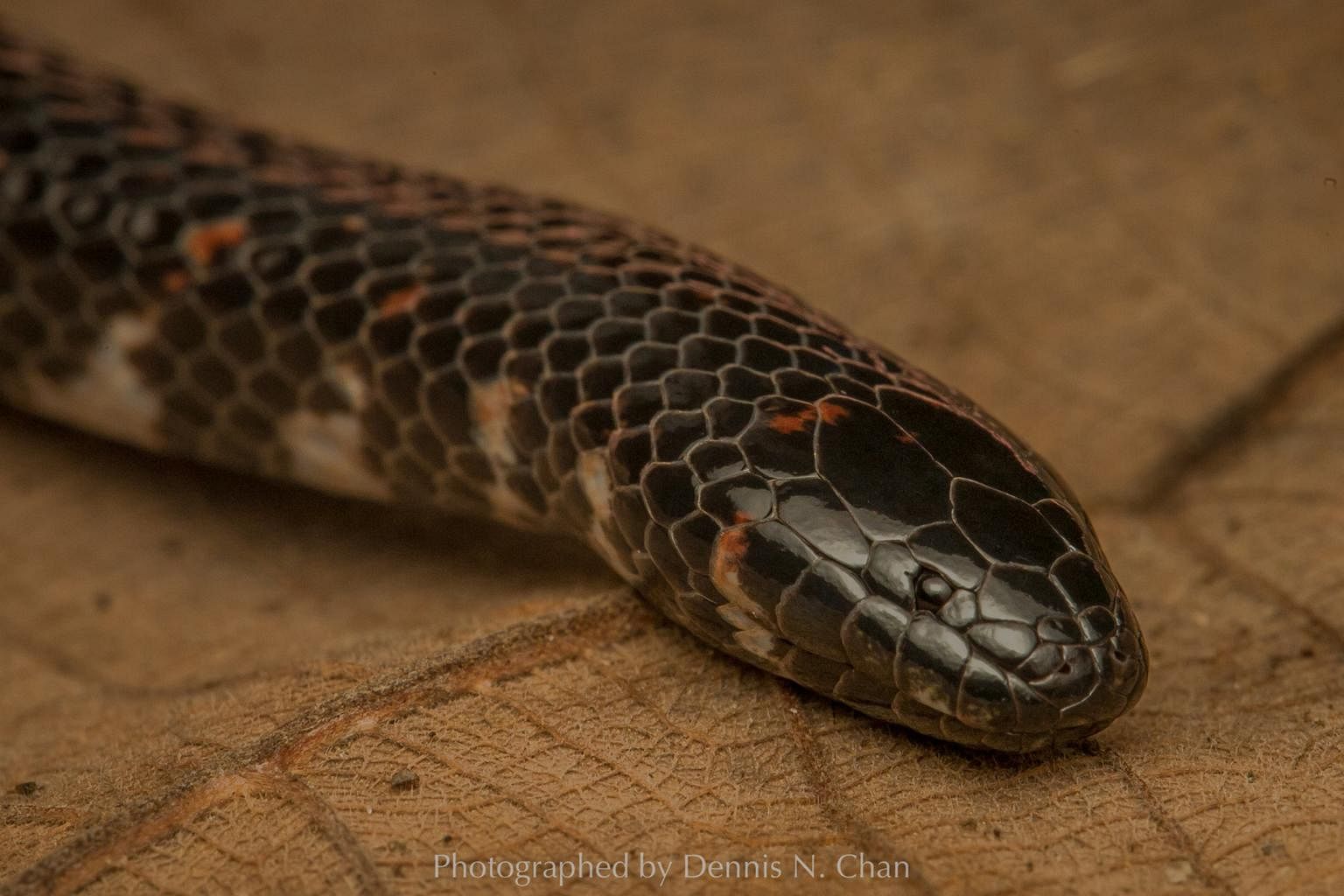
It is assumed to be aquatic and can be found in small forest streams at night.
This snake is just one of many snakes to be discovered or rediscovered in Singapore, which highlights the vast biodiversity present here, said the society in a Facebook post.
"I personally think that Singaporeans should be elated that our small country still has a wealth of biodiversity still present, and that we continue to be better stewards of such treasures," added Mr Law.
The Selangor mud snake is the second snake to have been discovered or rediscovered in the last decade near Nee Soon swamp forest.
Here are five other local snakes discovered or rediscovered in the last two decades, according to the Herpetological Society of Singapore.
1. Lined blind snake
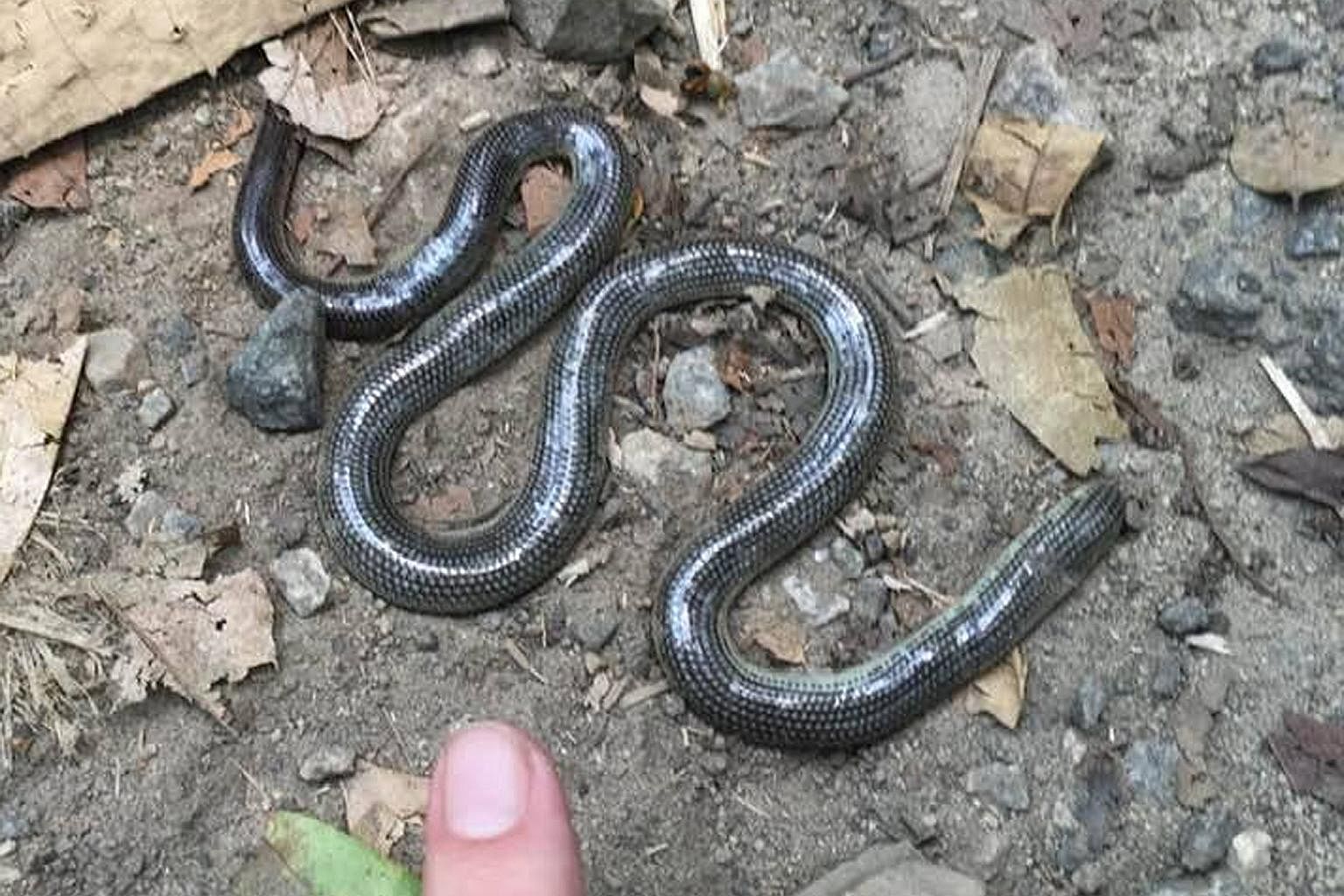
A recent sighting of a lined blind snake, last seen in 1847, was a significant discovery, said reptile and amphibian enthusiasts in Singapore.
The reptile's body was found along a bike trail at Bukit Timah Nature Reserve by Dr John van Wyhe, a senior lecturer at the National University of Singapore, in September last year.
At 52cm, the snake, also known by its scientific name Ramphotyphlops lineatus, is believed to be the longest specimen of its kind.
2. Black water mud snake
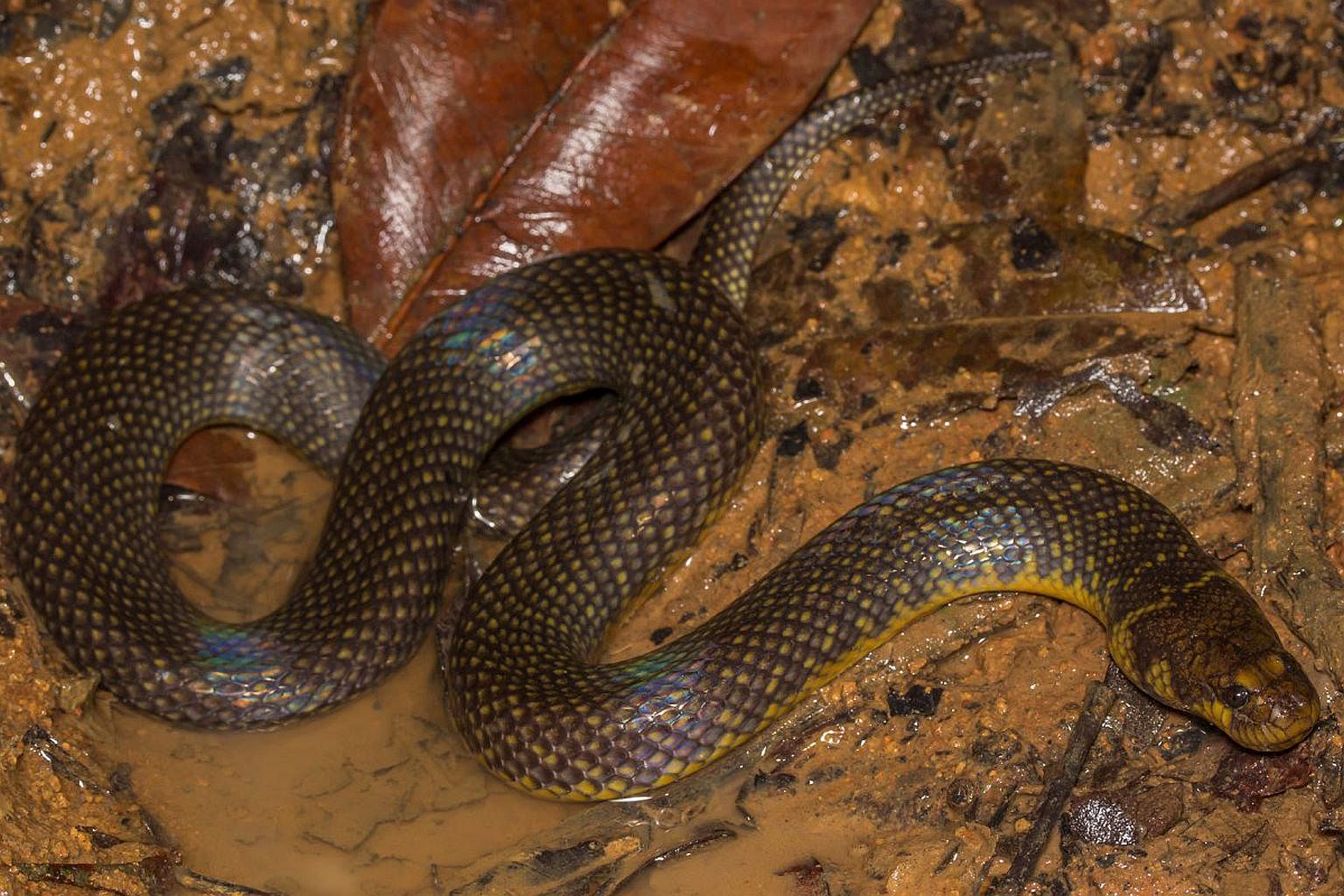
A black snake with a brownish-yellow underbelly, the 40cm-long reptile was discovered in September 2014 by staff from the National Parks Board's National Biodiversity Centre in the Nee Soon swamp forest during a biodiversity study.
Not much is known about the snake's population size.
The black water mud snake, also known as Phytolopsis punctata, is listed as a data-deficient species on the International Union for Conservation of Nature (IUCN) Red List of Threatened Species, with limited information available on its population trend.
The elusive species, which lives in forests and wetlands, and is non-venomous, is native to Singapore, Indonesia and peninsular Malaysia.
3. Smooth slug snake
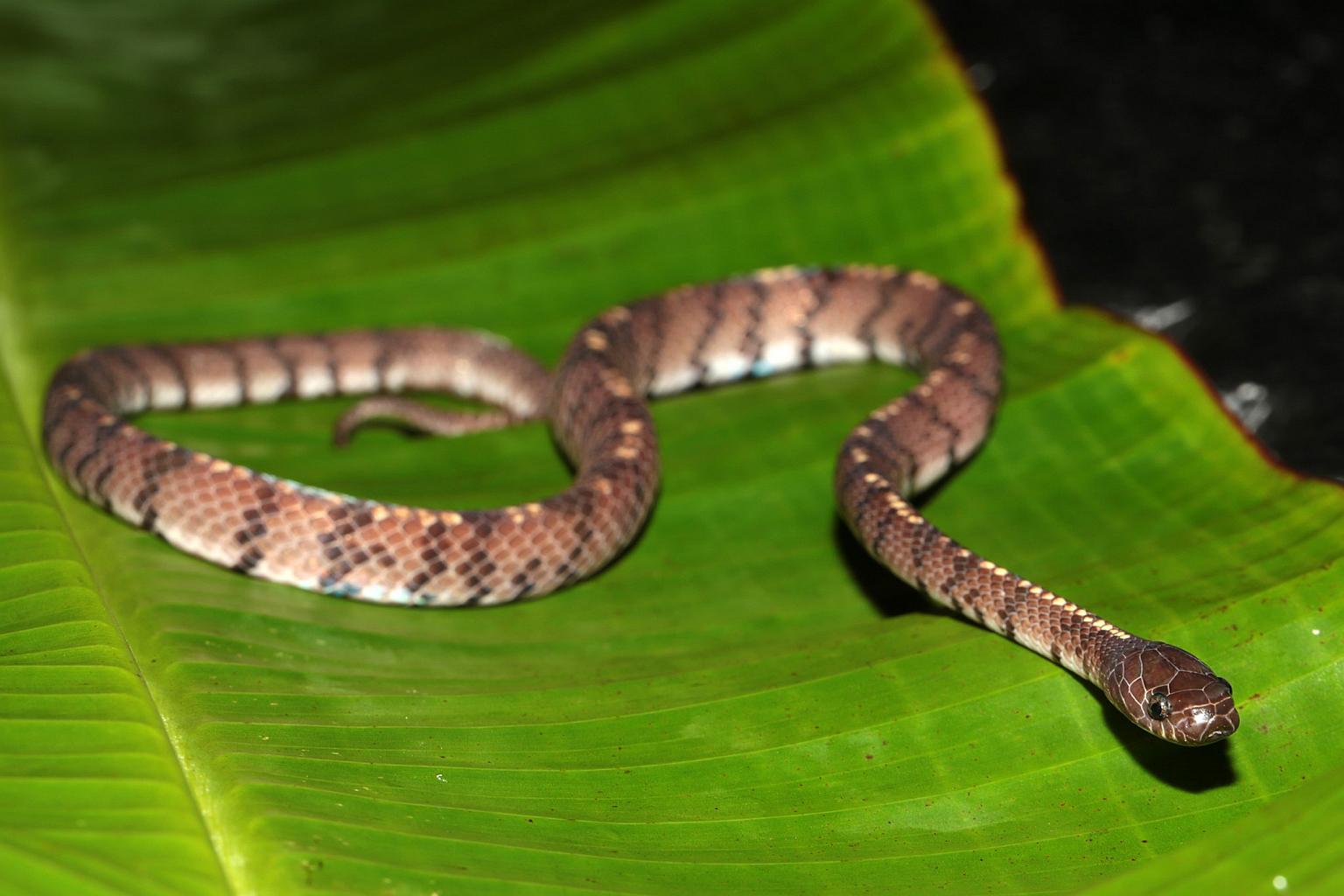
A carcass of the smooth slug snake was discovered in 2014 as roadkill at Old Upper Thomson Road by a member of the Nature Society (Singapore). It was previously last seen in 1978 near Mandai zoo.
The slug snake, scientific name Asthenodipsas laevis, is listed as a species of least concern on the IUCN Red List, which means it is not under threat. The slug snake can be found in peat swamps and black water environments within South-east Asia.
Like the black water mud snake, the slug snake is also a non-venomous species.
4. White-spotted cat snake
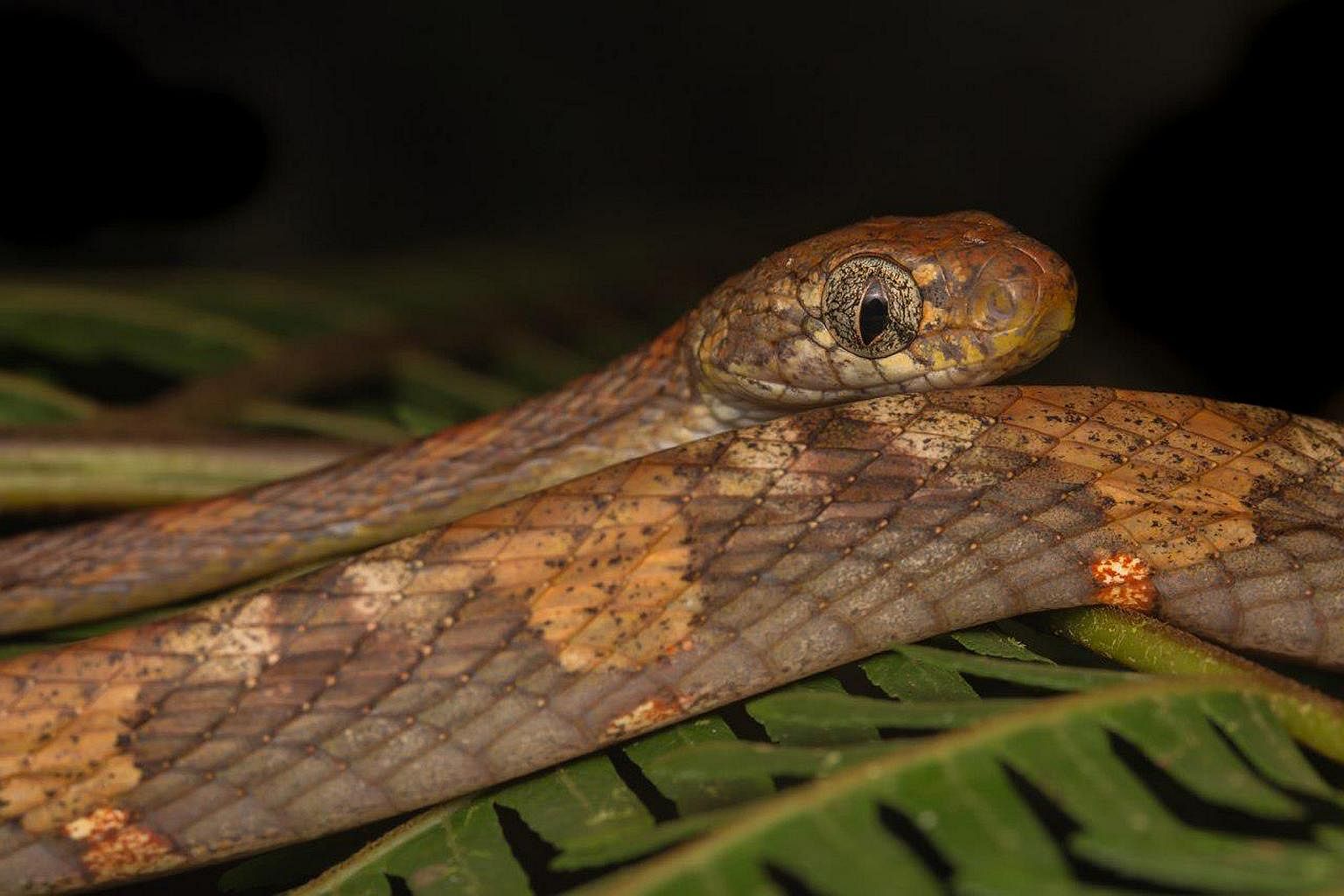
Rediscovered in 2009, the white-spotted cat snake was recorded again in 2015 by reptile and amphibian enthusiasts.
These records occurred more than a century after the last sighting of this species in Singapore in 1896.
The highly arboreal snake, also known as Boiga drapiezii, lays its eggs inside termite nests.
5. Gimlett's reed snake
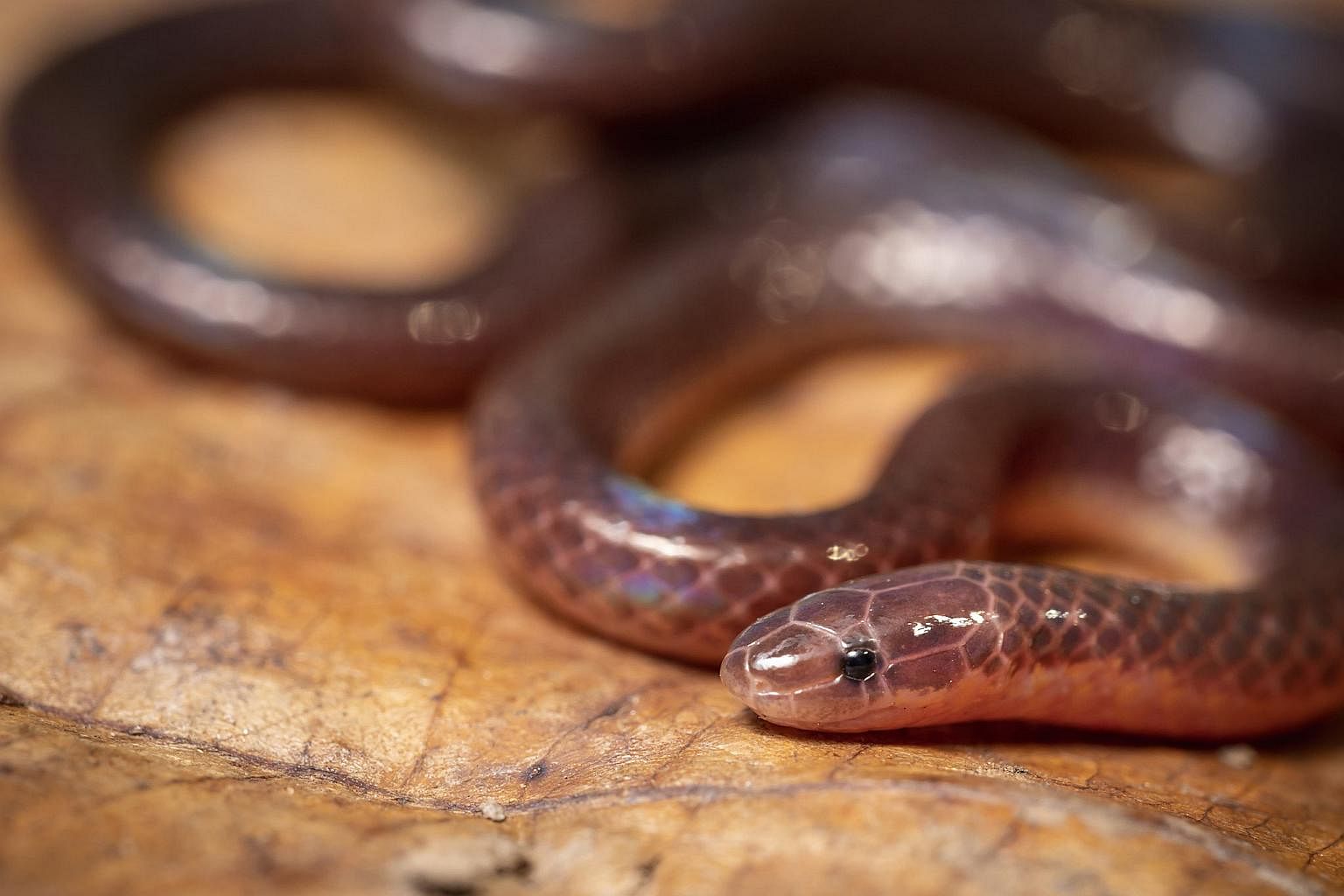
The snake, also known as Calamaria gimletti, was rediscovered in 2017.
Previously, the specimen was collected from Pulau Pawai in 1933.
However, this was correctly identified only 70 years later in 2004. Like all other reed snakes, the species likes forest leaf litter and likely preys on soil invertebrates.
